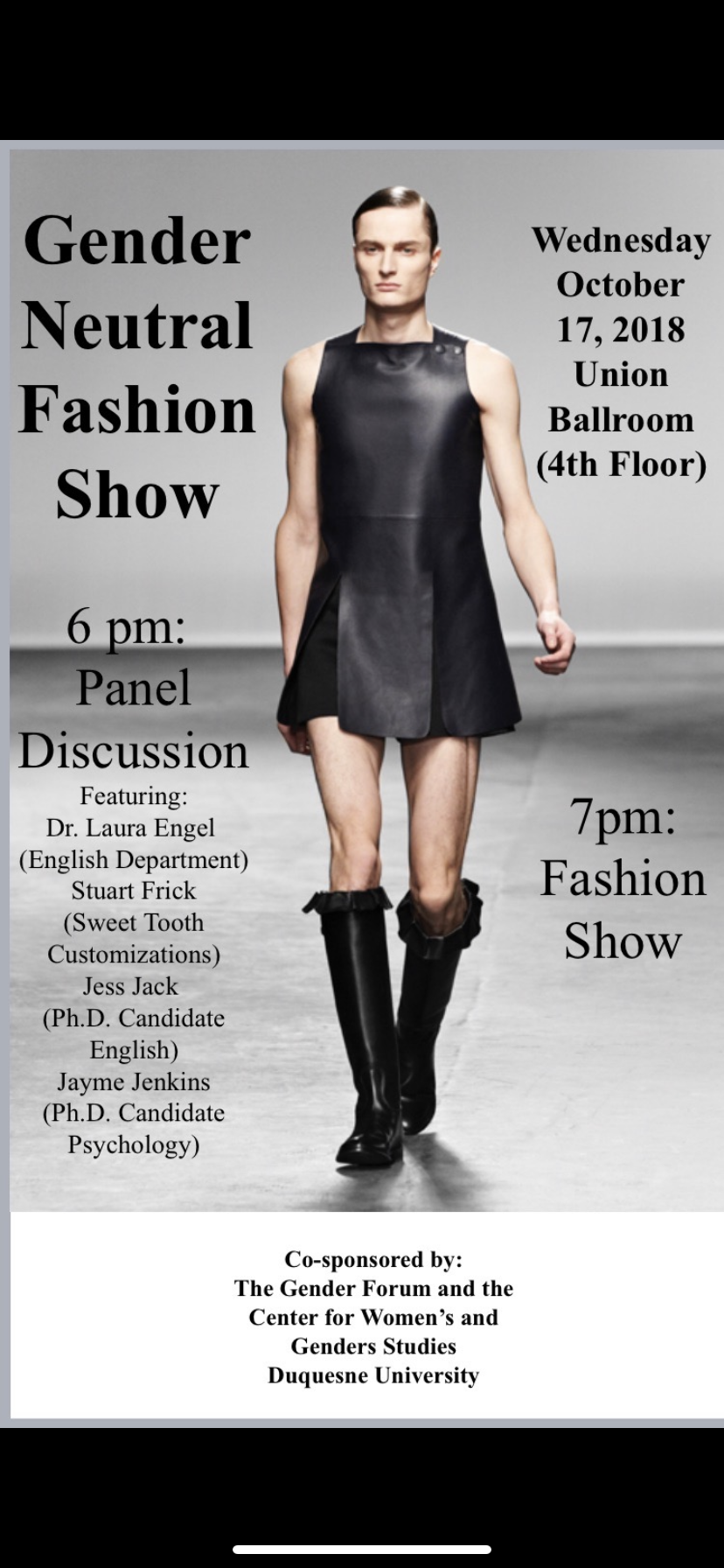By: Seth Culp-Ressler | Features Editor
Last week, a federal court decision ruled that the University of Pittsburgh did not discriminate against transgender male student Seamus Johnston when they denied him access to men’s locker rooms and restrooms. The decision, as a whole, is a prime example of the antiquated definitions our law system seems unfortunately fixated on sticking to.
Johnston regularly used the men’s bathrooms after his enrollment at the University of Pittsburgh at Johnstown in August of 2009, but in the fall of 2011 he was informed he would no longer be able to use the male facilities. After failing to comply with the instructions multiple times Johnston was expelled from the University, losing his full-ride scholarship in the process.
While it would be perfectly easy to, upon first glance, simply write off Johnston’s case as being a situation naturally following from blatant and stubborn defiance, at its core there are bigger issues at play. As Judge Kim Gibson made clear, the question at hand was if publicly funded UPJ, by barring a transgender male from using male designated restrooms, was being discriminatory.
As Gibson saw it, the answer was definitively no.
“[Johnston] alleges that he is ‘medically’ a male, but provides no further averments to support that assertion,” he wrote in the decision. According to the university’s policies, in order for Johnston to regain use of the male facilities he would have to submit an updated birth certificate showing his sex as male.
Indeed, Johnston did not provide UPJ with a revised birth certificate to conclusively “prove” he was male. But the fact of the matter is simply attaining such a document isn’t as easy as it may sound. As ThinkProgress pointed out, in Pennsylvania it is possible to obtain a revised birth certificate, but to do so a physician must confirm that reassignment surgery has been performed – and that’s fundamentally a problem.
See, requiring surgery to be undertaken is expecting a lot from an individual. According to an overview of the process by The Washington Post, female-to-male reassignment surgery can cost up to $75,000, depending on how many procedures are undergone. Additionally, the standards set forth by the World Professional Association for Transgender Health require an individual to live in their desired gender role, which includes hormone treatment, for as long as a year before undergoing any surgery. Johnston had only begun his hormone treatment six months before being expelled from UPJ. Obtaining an amended birth certificate wasn’t even an option.
The ultimate issue at hand, then, is with the law itself. As Gibson argued, legal distinctions are based solely on birth sex, and as such that information is all that matters. He contended that while Johnston “might identify his gender as male, his birth sex is female. It is this fact … that is fatal to [Johnston]’s sex discrimination claim. Regardless of how gender and gender identity are defined, the law recognizes certain distinctions between male and female on the basis of birth sex. Thus, even though [Johnston] is a transgender male, his sex is female.”
When it comes to this case that assertion is problematic. Again, Johnston had not undergone the expensive, arduous and, for him, logistically impossible task of surgery to prove that his sex conformed to his gender identity. But should he have to just to gain access to a male bathroom? Why should it matter what restroom an individual is using to pee, as long as it is the facility they feel most comfortable with? It hardly seems like a place of such sanctity to deserve such rigid distinctions.
Now, there is certainly a time and place for drawing the line on the basis of sex. But even then, sex itself isn’t always a rock solid divider. The World Health Organization defines sex as “the biological and physiological characteristics that define men and women,” yet there are more than two camps to be in – things aren’t so cut and dry. Intersex individuals, for example, can have reproductive systems that don’t conform to either of those two neat little boxes. According to the Intersex Society of North America one in every 1,500 to 2,000 births result in an intersex child. Not a huge population, but still one of significance. This dichotomous system of male or female all of a sudden falls apart.
In short, it seems that clinging to this idea of sex as such a steadfast rule isn’t working. In a society where more than ever before, though not universally, people are able to live their lives to their truest selves we need to move past the distinction. Seamus Johnston just had to use the bathroom, and for over two years did just that without consequence. There’s no reason that should have ever changed.



